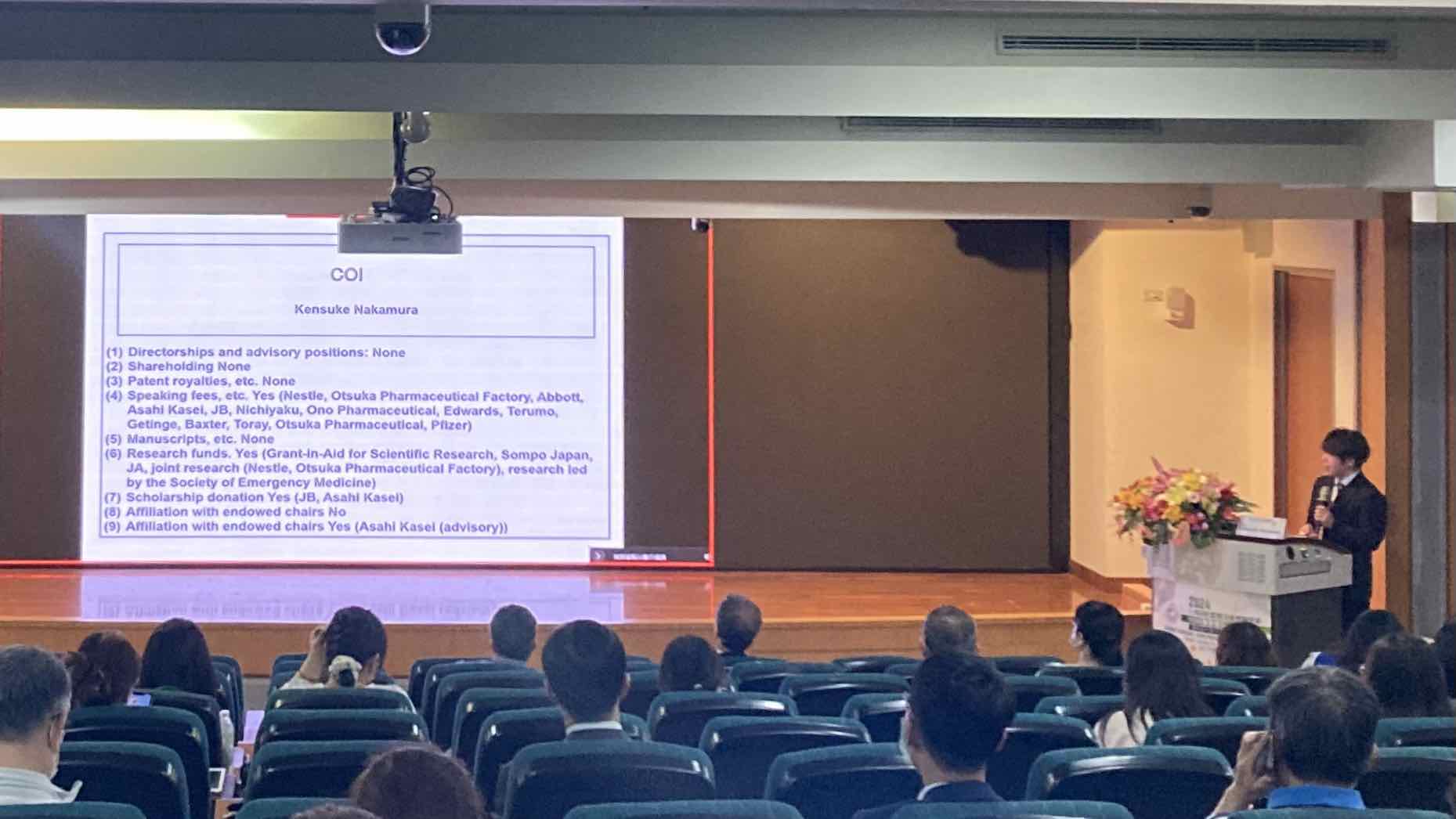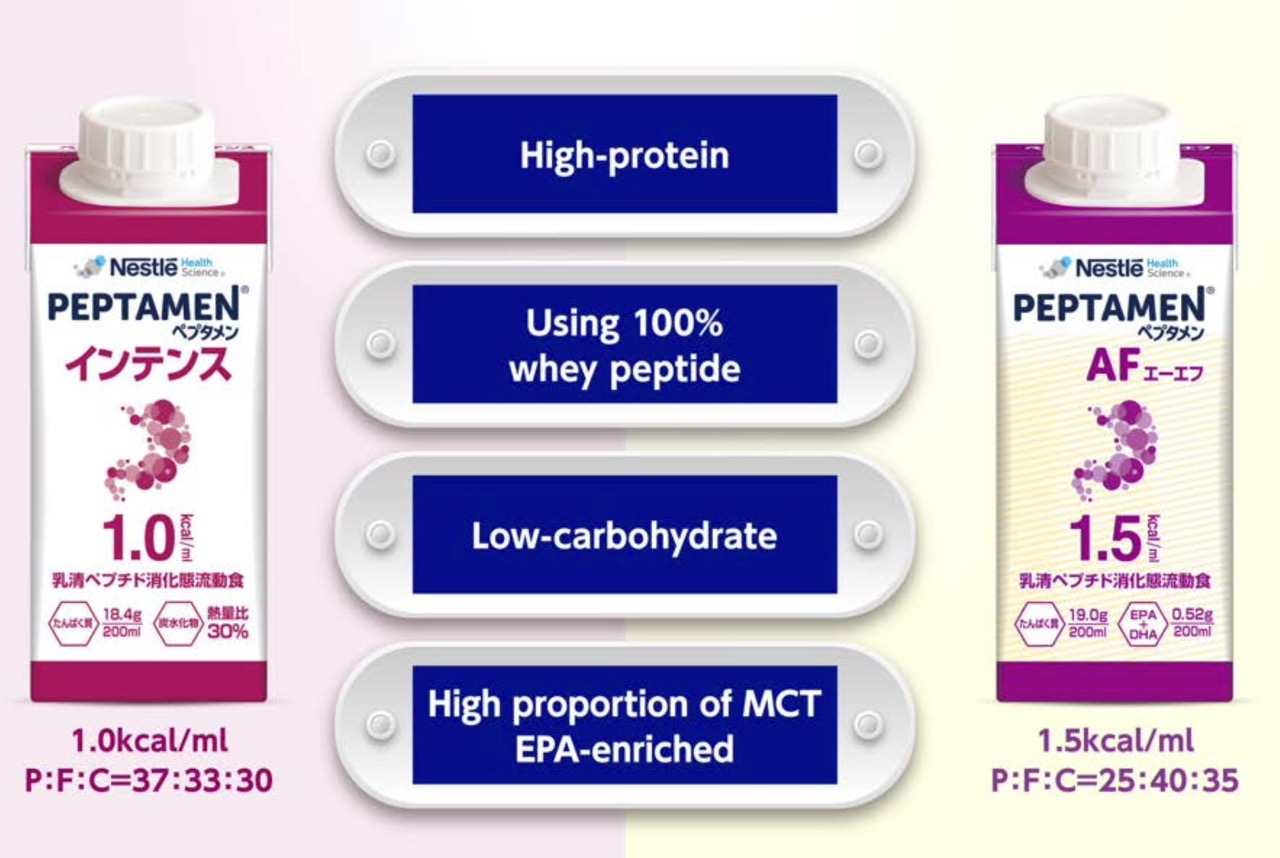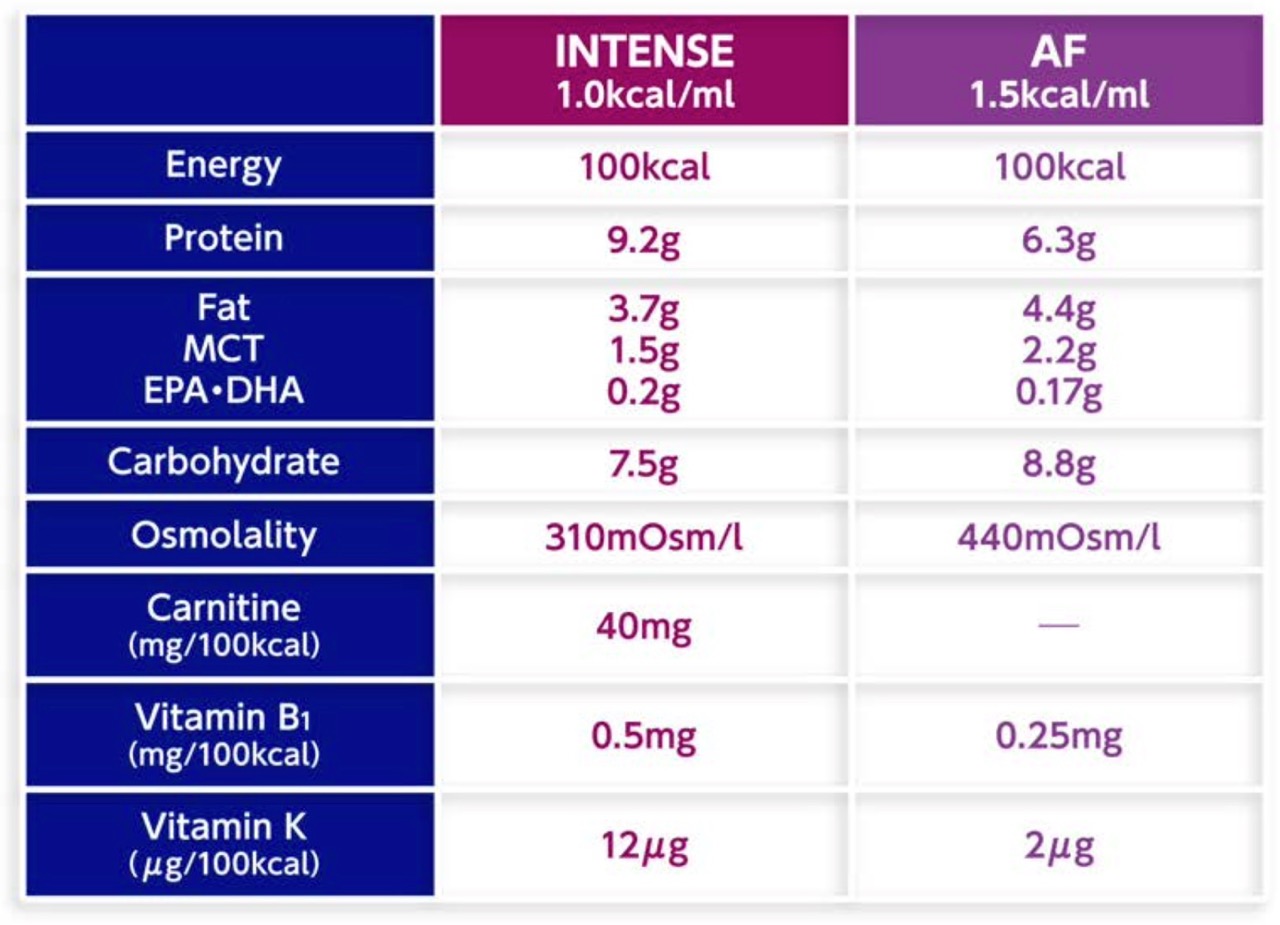今年台灣靜脈營養學會春季學術研討會在高雄醫學大學附設中和紀念醫院舉行,邀請來自日本的外賓講者-中村謙介教授介紹「重症營養照護的適當蛋白質攝取量」,整理演講的內容與心得分享如下

重症營養介入蛋白質的趨勢 - 目前guideline的建議
2019年 ESPEN 重症指引
- 蛋白質
- 重症期間可逐步給予1.3g/kg/day的蛋白質
- 熱量
- 重症早期的第1-2天,給低熱量-間接能量測定儀測得的70%能量消耗(energy expenditure, EE)
- 第3天起熱量可逐漸增加至80-100%間接能量測定儀測得的EE
- 若使用公式計算來預估熱量需求,則建議<70%的預估需求
Recommendation 22
During critical illness, 1.3 g/kg/day protein can be delivered progressively
Grade of recommendation: 0
strong consensus (91% agreement) Statement 3
Physical activity may improve the beneficial effects of nutritional therapy.
Consensus (86% agreement)
Recommendation 16-18
If indirect calorimetry is used, isocaloric nutrition rather than hypocaloric nutrition can be progressively implemented after the early phase of acute illness
Grade: 0 strong
Hypocaloric nutrition (not exceeding 70% of EE) should be administered in the early phase of acute illness.
Grade: B strong
After day 3, caloric delivery can be increased up to 80-100% of measured EE
Grade: 0 strong Recommendation 19
If predictive equations are used to estimate the energy need, hypocaloric nutrition (below 70% estimated needs) should be preferred over isocaloric nutrition for the first week of ICU stay.
Grade: B strong consensus
ESPEN重症指引在2023年有做微幅修訂,不過蛋白質的建議與2019年相同
Clin Nutr. 2019 Feb;38(1):48-79
2022年 ASPEN 重症指引
- 蛋白質
- 建議給予1.2–2.0 g/kg/day
- 熱量
- 建議給予12-25 kcal/kg/day
Guideline question 2. In adult critically ill patients, does provision of higher as compared with lower protein intake impact clinical outcomes?
GRADE recommendation:
There was no difference in clinical outcomes in the relatively limited data. Because of a paucity of trials with high-quality evidence, we cannot make a new recommendation at this time beyond the 2016 guideline suggestion for 1.2–2.0 g/kg/day.
Strength: Weak
Guideline question 1. In adult critically ill patients, does provision of higher vs lower energy intake impact clinical outcomes?
GRADE recommendation:
No significant difference in clinical Outcomes was found between patients with higher vs lower levels of energy intake. We suggest feeding between 12 and 25 kcal/kg (ie, the range of mean energy intakes examined) in the first 7–10 days of ICU stay.
Evidence GRADE:Moderate
JPEN J Parenter Enteral Nutr. 2022 Jan;46(1):12-41
2023年 日本 重症指引
- 蛋白質
- 建議給予≥1g/kg/day
- 熱量
- 於ICU第4-7天,建議給予≥20kcal/kg/day或70%的EE

J Intensive Care. 2023 Nov 7;11(1):47
急性期蛋白質的給予:什麼時候開始? 給多少?
中村謙介教授建議:蛋白質逐漸從ICU 3-4天開始增加給予,目標為1.8g/kg/day
教授提到此篇研究-Crit Care. 2021 Dec 4;25(1):415,在ICU第一週於4天內逐漸調增至目標為20 kcal/kg/day + 蛋白質1.8 g/kg/day;7天後目標為30 kcal/kg/day + 蛋白質1.8 g/kg/day;但兩階段的目標蛋白質都只有達到1.5 g/kg/day
因此教授建議蛋白質目標可訂高(1.8g/kg/day), 因為最終重症病人實際的蛋白質攝取量可能約會落在1.5g/kg/day
重症低熱量高蛋白的介入,實際上如何執行呢?
中村謙介教授建議:
- ICU第一週於4天內逐漸調增至(1.8g/kg)(20kcal/kg)的目標可使用Peptamen intense
- 7天後(1.8g/kg)(30kcal/kg)的目標可使用Peptamen AF


給予高蛋白的直接不良反應(如高BUN、高血鈉)該如何處理呢?
- 給水份
- EN給水
- 點滴給5%葡萄糖輸液
- 腎臟替代療法(洗腎)(間歇性血液透析或連續血液透析)
- 早期復健/活動 → 促進蛋白質利用來合成肌肉
- 降低蛋白質給予量
心得
各國針對重症蛋白質或熱量的建議不盡相同,不過在臨床上同時也需要看當下病人的情況,綜合考量給多少營養剛好,不過度餵食(overfeeding)也不會給太少營養(underfeeding),而指引可以給我們參考的方向,從中找出適合的臨床決策。
除了指引定期會更新修訂之外,本演講中提及的Peptamen intense與Peptamen AF也是近幾年開始進來台灣市場,為應用在重症病人身上的高蛋白管灌產品。這對重症病人急性期要給低熱量並提供足夠的蛋白質的臨床應用來說,是一個非常實用的工具(在沒有此產品之前,只能用市面上的高蛋白管灌產品-約佔熱量17%,再額外加蛋白粉補充,但此缺點是微量營養素會不足)
總而言之,臨床上有好用的工具相當重要(也要看醫療單位有沒有進相關產品),能以最新的實證建議給予病人良好的照護,幫助病人的康復之路更順利
分享文章
關於作者

每一天、每一餐、每個臨床上的營養給予,渺小的累積,皆是邁向康復與健康的力量。讓我們為自己、為家人、為疾病奮鬥的人爭取營養,成為更美好的我們
了解更多 →相關文章
- 全人關懷實踐工作坊
- 動機式晤談工作坊
- 文獻閱讀|5:2生活模式:熱量限制飲食或低量高強度間歇訓練結合阻力運動對過重或肥胖的第2型糖尿病成人之血糖控制和心臟代謝健康的影響:三組隨機對照試驗
- 海報發表|血液透析高血磷個案的跨團隊照護